
- 1. Why Backflow Valve Replacement Is Essential
- 2. Understanding Backflow Valves in Sprinkler Systems
- 3. Signs Your Backflow Valve Needs Replacement
- 4. Step-by-Step Guide to Replacing a Backflow Valve
- 5. Common Mistakes to Avoid When Replacing a Backflow Valve
- 6. When to Call a Professional for Backflow Valve Replacement
1. Why Backflow Valve Replacement Is Essential
The backflow valve in a sprinkler system is crucial for preventing water contamination. It prevents water from flowing backward into the potable water supply, which could otherwise carry harmful chemicals, pesticides, and fertilizers. Over time, backflow valves can wear out, and if not properly maintained, they can fail, leading to serious water contamination issues. Replacing a malfunctioning or outdated backflow valve ensures that your sprinkler system operates efficiently and keeps your water supply safe from contamination.
Maintaining the backflow valve is not only a matter of safety but also of compliance. In many areas, local regulations require backflow valves to be tested and replaced periodically to ensure water safety. Regular maintenance can help you avoid potential fines or issues with local water authorities.
2. Understanding Backflow Valves in Sprinkler Systems
Backflow valves are essential components of sprinkler systems, designed to stop water from flowing backward into the water supply. These valves allow water to flow only in one direction—into your sprinkler system—keeping it from reversing course and contaminating the public water supply. Typically, backflow valves are installed near the main water line where the sprinkler system connects to the water supply, acting as a safeguard against potential hazards.
These valves can be classified into two main types: the pressure vacuum breaker (PVB) and the double check valve (DCV). Both serve the same purpose but operate in slightly different ways. Pressure vacuum breakers are generally used in residential systems, while double check valves are often installed in commercial systems. Understanding how each type functions can help you determine which valve is best suited for your needs.
3. Signs Your Backflow Valve Needs Replacement
Detecting issues with your backflow valve early can prevent costly repairs and ensure your sprinkler system continues to operate smoothly. Here are some common signs that your backflow valve may need replacement:
- Low Water Pressure: If you notice a drop in water pressure in your sprinkler system, it could be a sign that the backflow valve is malfunctioning and not properly regulating water flow.
- Visible Leaks: Any water leakage around the valve is a clear indication that the valve seal may be compromised. Leaks can lead to inefficiencies in the system and potential contamination.
- Backflow Issues: If you observe water flowing backward into the system or notice contamination in the water supply, it is a sign that the backflow valve is not functioning properly and needs immediate replacement.
- Age of the Valve: Over time, backflow valves wear out. If your valve is more than 5-10 years old, it’s a good idea to have it inspected for potential replacement, even if it hasn't shown obvious signs of malfunction.
4. Step-by-Step Guide to Replacing a Backflow Valve
Replacing a backflow valve in your sprinkler system is a manageable DIY project if you follow the proper steps. Here’s a step-by-step guide to replacing a backflow valve:
- Turn Off the Water Supply: Before starting any work, ensure that the water supply to the sprinkler system is turned off. This will prevent water from flowing while you’re working on the valve.
- Locate the Backflow Valve: Find the backflow valve in your sprinkler system. It’s usually located near where the water line connects to your system.
- Remove the Old Valve: Using appropriate tools (such as a wrench or pipe cutter), disconnect the old valve. Be cautious when removing the valve to avoid damaging any surrounding pipes.
- Install the New Valve: Install the new backflow valve in the same location, ensuring that the flow direction matches the system’s design. Tighten the connections securely to prevent leaks.
- Test the System: Once the new valve is installed, turn the water supply back on and test the sprinkler system. Check for any leaks around the valve and confirm that the system is functioning properly with no issues.
5. Common Mistakes to Avoid When Replacing a Backflow Valve
While replacing a backflow valve is a straightforward task, there are some common mistakes to watch out for:
- Not Turning Off the Water Supply: Failing to turn off the water supply before starting the replacement can lead to water flooding your yard or home. Always double-check that the water is off before beginning work.
- Incorrect Valve Installation: Installing the valve incorrectly can lead to serious issues, including leaks or backflow problems. Make sure the flow direction is correct and the valve is properly sealed.
- Neglecting to Test the System: After installing the new valve, it’s crucial to test the system thoroughly to ensure that it’s working as expected. Skipping this step can lead to unnoticed problems later on.
6. When to Call a Professional for Backflow Valve Replacement
While many homeowners can replace a backflow valve on their own, there are certain situations where it’s best to call a professional plumber. If you encounter any of the following, it may be time to seek expert help:
- Inability to Locate the Valve: If you’re having trouble locating the backflow valve or if it’s buried underground, a professional plumber can help with the search and installation.
- Complex Pipework: If your sprinkler system has complex pipe configurations or if the valve installation requires advanced plumbing skills, a professional can ensure everything is set up correctly.
- Ongoing Backflow Issues: If backflow issues persist despite replacing the valve, it may indicate a deeper problem within the system that requires professional assessment.
If you’re looking for assistance with replacing your backflow valve or need guidance on choosing the right valve for your system, visit Plumbers Supply Hub for expert advice and quality products to get the job done right.



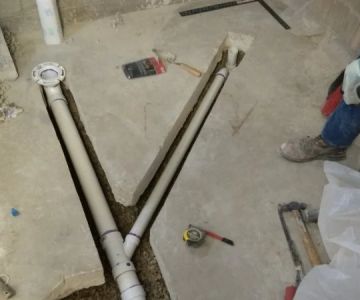
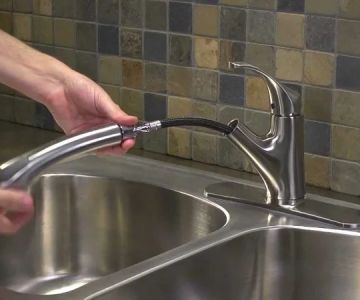
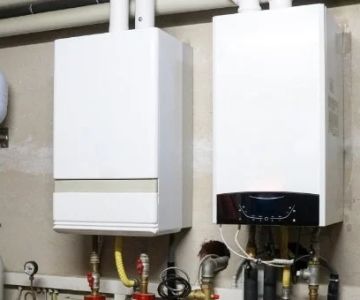


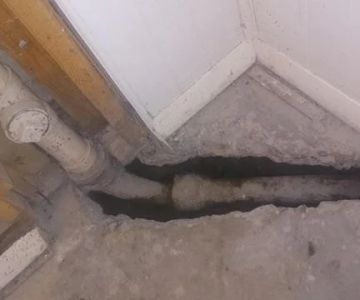
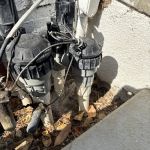 Leak Hounds Plumbing, Leak Detection & Repiping4.0 (162 reviews)
Leak Hounds Plumbing, Leak Detection & Repiping4.0 (162 reviews)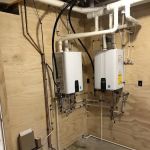 Five Lakes Plumbing and Heating5.0 (4 reviews)
Five Lakes Plumbing and Heating5.0 (4 reviews)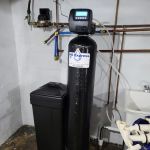 H2O Express4.0 (13 reviews)
H2O Express4.0 (13 reviews) Gene's Plumbing & Heating Inc5.0 (2 reviews)
Gene's Plumbing & Heating Inc5.0 (2 reviews) Absolute Plumbing, Heating, Cooling4.0 (26 reviews)
Absolute Plumbing, Heating, Cooling4.0 (26 reviews)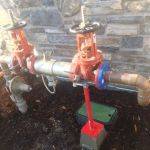 Hydro Backflow5.0 (2 reviews)
Hydro Backflow5.0 (2 reviews) How to Prevent and Fix Toilet Clogs | Expert Solutions
How to Prevent and Fix Toilet Clogs | Expert Solutions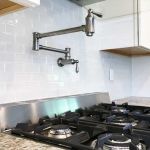 How to Install a Pot Filler Faucet in the Kitchen: A Step-by-Step Guide
How to Install a Pot Filler Faucet in the Kitchen: A Step-by-Step Guide How to Detect and Stop Galvanic Corrosion in Pipes
How to Detect and Stop Galvanic Corrosion in Pipes How to Repair a Broken Thread on a Pipe
How to Repair a Broken Thread on a Pipe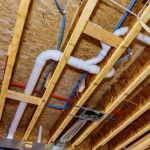 How to Properly Route Plumbing for a New Appliance
How to Properly Route Plumbing for a New Appliance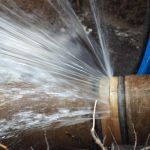 How to Prevent Settling Damage to Plumbing Joints: Tips and Solutions
How to Prevent Settling Damage to Plumbing Joints: Tips and Solutions